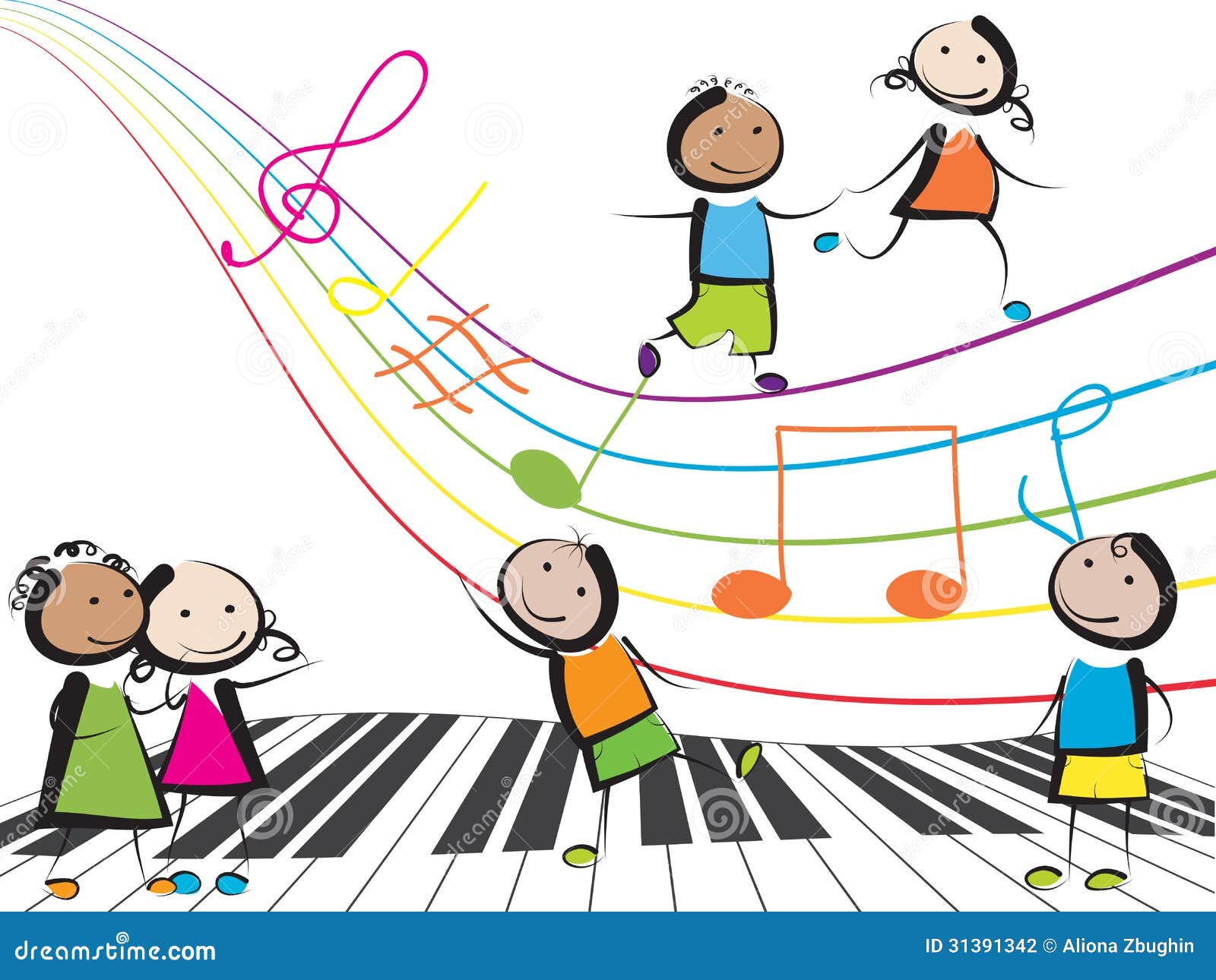
Instrumental music tuition in Australian schools in much of 2020 was met with considerable challenge on the part of both teachers and students. In Australia many secondary school students elect to learn an instrument and participate in ensemble activities during and after school hours. In many secondary schools the one-to-one lesson is an enduring construct in the teaching of secondary school musicians and the pedagogical model of preference in bringing student and teacher together in delivering a “serious” instrumental music education ( Harrison and Hong, 2004). The instrumental music lesson is often a weekly event in students’ lives that promotes aspects of relationship building, motivation, self-autonomy, identity, and community beyond being merely cultivating a better instrumentalist ( McPherson and Davidson, 2006 Davidson et al., 2009).

Experienced teacher behavior toward learners provides an attentive, genuine, understanding, and respectful learning relationship reliant on good communication to help children grow emotionally, socially, and academically ( Wubbels, 2015). Challenges involve home life, peers, and other aspects of schooling and can have negative effects on students’ social and emotional well-being ( Zins et al., 2004). Instrumental music students – like all students encounter myriad challenges that impact their daily functioning, and positivity to commitment of learning activities. Music teachers enter the teaching profession aware of the success rate and attrition of students involved in their studio teaching programs in schools. Exploring teachers’ pedagogical practices and behaviors within this dyadic teacher-student relationship is a significant addition to the literature, enabling the consideration of the type of connective behaviors required to stimulate and develop long-term interest in music. These findings provide a framework for how music educators can facilitate connection, motivation and student autonomy generating personal meaning and commitment to music making and the learning relationship, which can translate to significant student learning and value in the learning music. Thematic analysis of the interview transcripts revealed music educational approaches that fostered connection, empathy and receptiveness to relationship-building, guiding students in slower and deeper learner-centered approaches, asserting pedagogical practices that reinforced and promoted interpersonal connectedness in and through musical experience and discovery. This qualitative study investigated the practices employed by instrumental music educators in secondary schools in Melbourne, Australia, analyzing teacher perspectives to music tuition amidst the restriction of interaction with students remotely via online means. Opportunities and methods through which teachers operate during the COVID-19 outbreak challenged music educators as to how they taught, engaged, and interacted with students across online platforms, with alarm over aerosol dispersement a major factor in maintaining online instrumental music tuition even as students returned to “normal” face to face classes.




 0 kommentar(er)
0 kommentar(er)
